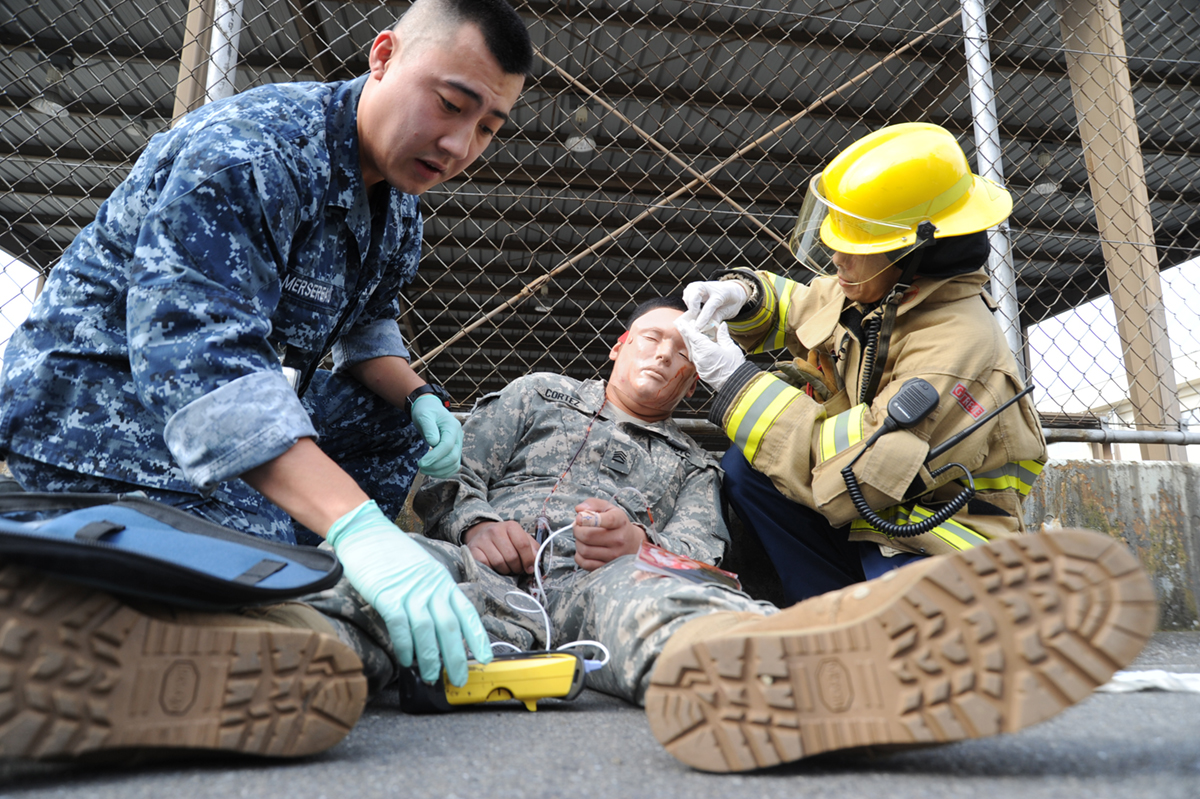
Cysts are membrane-like sacs that can be filled with fluid, blood, pus, air, or other substances. Most are benign, but some can become cancerous.
A cyst on head may result from different reasons, and the exact cause of a cyst on the head should be identified in order to determine which treatment should be used.
A cyst on the head may appear in different regions — it can form on the scalp, the top of the head, and the back of the head. They can be located underneath the skin of the head, scalp, neck, and behind the ears.
Cysts on head are commonly the benign type of cyst, and they represent normal cell development. These cysts may contain some sort of fluid. However, when this unusual growth appears on any area of the body, it is completely normal to be concerned.
A cyst on head may not cause any symptoms other than its physical appearance, but a cyst on the head may also be painful. Though they are benign and rarely develop into a tumor or cancer, it is good to get any suspected cyst on your head checked out by a doctor.
Cysts on head may be present at birth.
These cysts usually don’t have to be removed unless you want to eliminate them due to cosmetic reasons, or if the cyst gets infected. The removal of a cyst on the head may also be needed as part of cancer treatment in some cases. The most common type of cyst that appears on the head is called a limpoma. Limpoma is a fatty lump that usually isn’t tender to touch. Limpoma is harmless and generally doesn’t require any treatment.
Types of Cyst on the Head
There are several types of cysts on head, and the differing types each have their own unique characteristics and possible symptoms.
Dermoid Cyst
Dermoid cysts, additionally known as pilar cysts, are a congenital type of cyst that contains hair, fluid, teeth, or sweat glands. Dermoid cysts can be located on or in the skin and usually occur on the face, lower back, inside the skull or in the ovaries. They are benign cysts and are not tender. Dermoid cysts rarely develop into cancer but sometimes may cause squamous cell carcinoma in adults and endodermal sinus tumor in children.
Epidermoid Cysts
Epidermoid cysts are also called sebaceous cysts and represent a closed sac under the skin filled with fluid. These cysts are generally painless, benign cysts, which are created from a portion of a swollen hair follicle. However, epidermoid cysts may also result from skin trauma. They are often located on the skin of the neck, face and trunk. Most epidermoid cysts don’t require treatment and will not cause any medical problems, but epidermoid cysts sometimes become infected with bacteria. Gardener’s syndrome can be accompanied with epidermoid cysts.
Preauricular Sinus
Preauricular sinus is a congenital malformation characterized by epithelial mounds or pedunculated skin located near the front of the ear. It is also known as a skin tag and it is commonly benign. Sometimes, preauricular sinus can be infected and develop pus. Commonly, this sinus doesn’t require treatment.
Neck Lumps
Lumps in the neck are common and often benign. They may appear from top of the head to the bottom of the neck. There are several different types of neck lumps and they include: swollen lymph glands, thyroglossal duct cyst and branchial cleft cyst. These are not cysts, as such, but you may confuse them for a cyst.
Cystic Acne
Cystic acne is the harshest and the most painful form of acne, as well as the rarest. People with cystic acne develop multiple boils from acne that may appear on the scalp and the face, but on other areas of the body as well. Blocked and infected oil ducts can cause this type of cyst on the head. These cysts require treatment and can severely impact sufferers' quality of life.
- www.nhs.uk/conditions/skin-cyst/
- www.betterhealth.vic.gov.au/health/conditionsandtreatments/cysts
- Photo courtesy of Erik (HASH) Hersman by Flickr: www.flickr.com/photos/whiteafrican/3092177782/


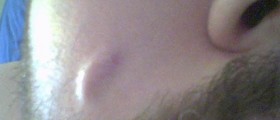

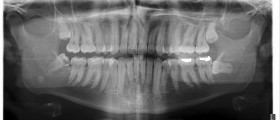


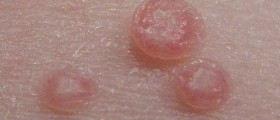
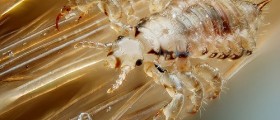






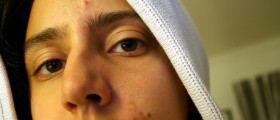

Your thoughts on this
Loading...